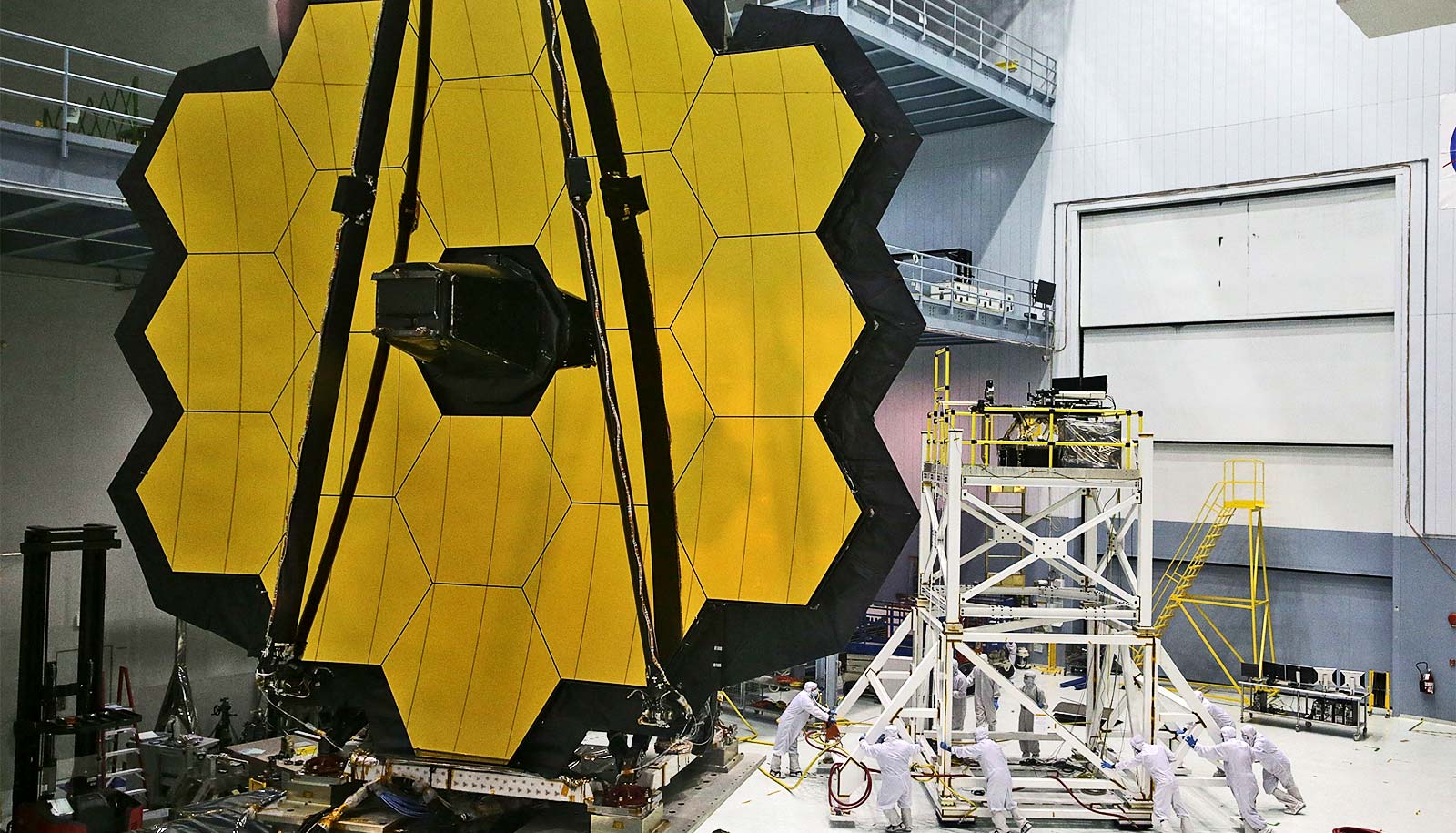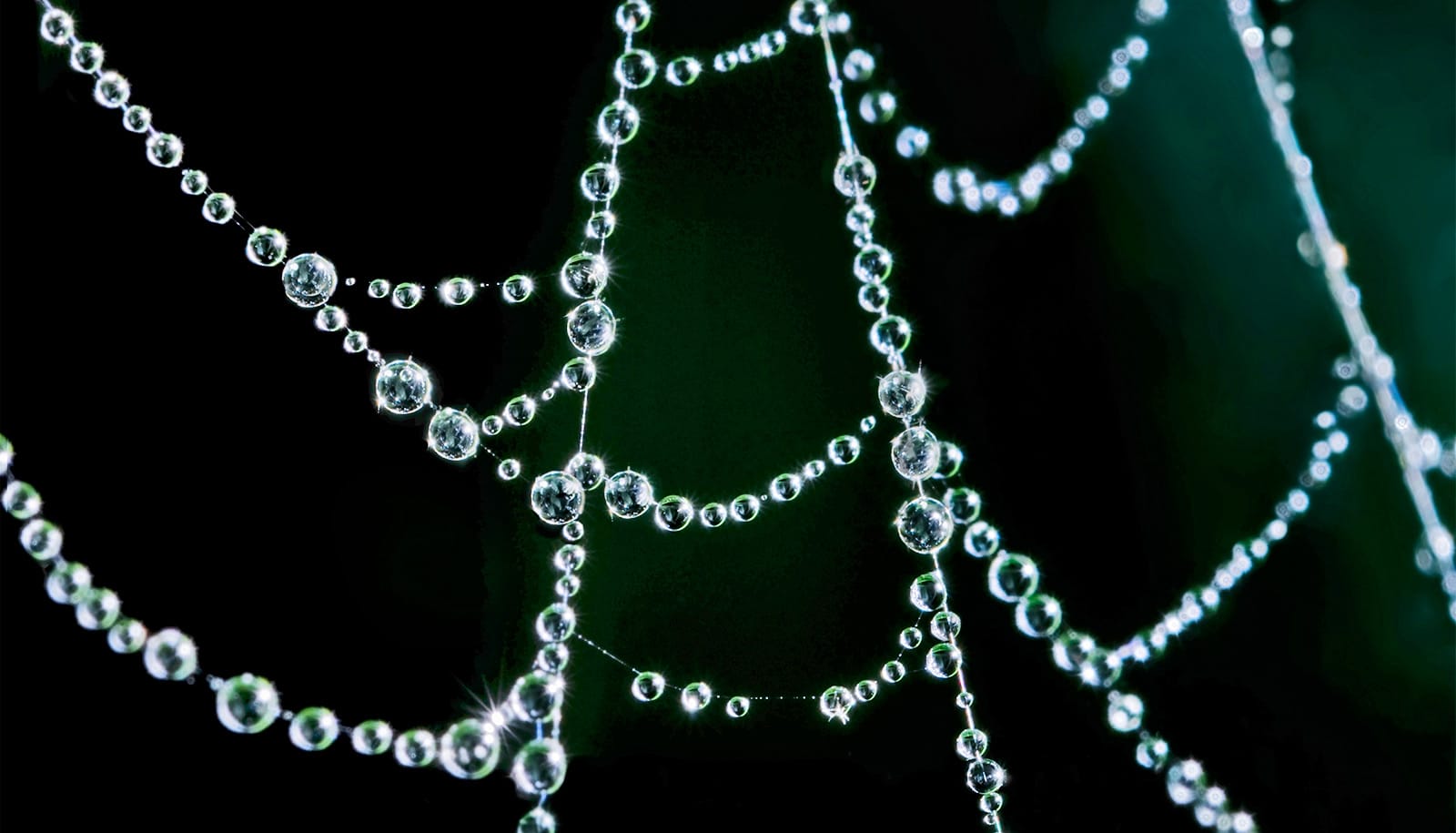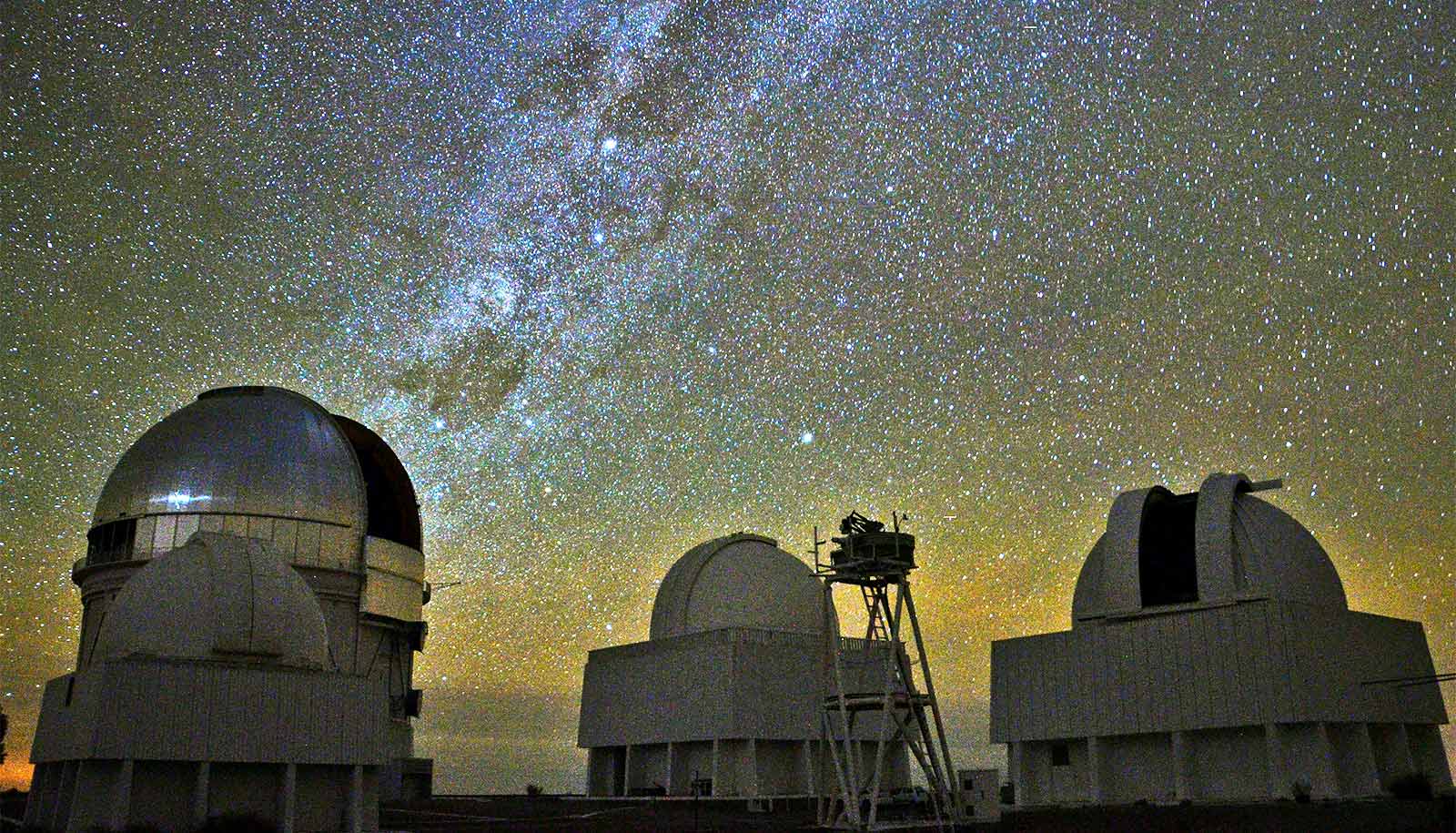A new image taken with the James Webb Space Telescope reveals a variety of unusual, distorted galaxies in the distant universe, magnified by a “gravitational lens.”
The gravitational lens is a massive galaxy cluster in the line of sight between the space telescope and the objects behind it.
The new image of this galaxy cluster, known as El Gordo (Spanish for The Big One), shows 62 galaxies behind the cluster that were only hinted at in previous Hubble Space Telescope images.

El Gordo is a cluster of hundreds of galaxies that existed when the universe was 6.2 billion years old, according to Brenda Frye, associate professor of astronomy at the University of Arizona Steward Observatory and lead author of one of four papers published about the cluster in The Astrophysical Journal.
Despite its relatively young age, El Gordo is the most massive galaxy cluster known at that time in cosmic history, suggesting clusters may have grown much faster than previously thought. Using a statistical approach, undergraduate student Reagen Leimbach, who is a member of Frye’s research team and a coauthor on the first paper, showed that El Gordo was still evolving at the time it was observed, merging with another galaxy cluster.
“We are using El Gordo as a natural telescope.”
Researchers targeted El Gordo because its powerful gravity bends and distorts the light of objects lying behind it. Predicted by Albert Einstein more than 100 years ago, this phenomenon is known as gravitational lensing and causes El Gordo to act as a giant magnifying glass in space.
“We are using El Gordo as a natural telescope,” says Frye, a member of the JWST Prime Extragalactic Areas for Reionization and Lensing Science, or PEARLS, program, where she serves as co-lead of the team studying galaxy clusters.
“The cluster magnifies distant galaxies, distorts their shapes and makes them brighter, so we can zoom in and dive into each one of these objects and see them as they appeared billions of years ago,” Frye says.
The Fishhook
Within the image of El Gordo, one of the most striking features is a bright arc, nicknamed El Anzuelo (Spanish for The Fishhook) by one of Frye’s undergraduate students, Paula Soto-Robles.
Another undergraduate, Nick Foo, constructed a lens model that allowed him to disentangle the light from this galaxy—light that took 10.6 billion years to reach the space telescope. In the image, the galaxy’s light appears be bent around El Gordo due to its gravitational lensing, Frye says.
Undergraduate student Nikhil Garuda discovered that The Fishhook galaxy’s distinctive red color is due to a combination of reddening from dust in the galaxy itself and cosmological redshift due to its extreme distance from Earth.
The Fishhook galaxy is detailed in the second paper, led by Patrick Kamieneski, a postdoctoral researcher at Arizona State University.
The Thin One
Another prominent feature in the Webb image is a long, pencil-thin line. Known as La Flaca (Spanish for The Thin One), it is another lensed background galaxy whose light also took nearly 11 billion years to reach Earth.
Not far from La Flaca, the researchers found another intriguing galaxy—or so they thought. When they examined the object more closely, they realized it is, in fact, a single red giant star, which they nicknamed Quyllur, the Quechua word for star.
Detailed in the third publication, Quyllur is the first individual red giant star observed beyond 1 billion light-years from Earth. Such stars are only detectable using the infrared filters and sensitivity of the JWST.
Galaxy group and smudges
Other objects in the JWST image, while less prominent, are equally interesting scientifically. For example, Frye and her team identified five multiply lensed galaxies that appear to be a baby galaxy cluster that formed about 12.1 billion years ago. The team discovered another dozen galaxies that also may be part of this distant cluster.
“While additional data are required to confirm that there are 17 members of this cluster, we may be witnessing a new galaxy cluster forming right before our eyes, just over 1 billion years after the Big Bang,” Frye says.
The fourth paper examines very faint, smudge-like galaxies known as ultra-diffuse galaxies. As their name suggests, these objects, which are scattered throughout the El Gordo cluster, have their stars widely spread out across space. The team identified some of the most distant ultra-diffuse galaxies ever observed, whose light traveled 7.2 billion years to reach us.
In addition to revealing what lies beyond, the El Gordo cluster itself has turned out to be a treasure trove of discovery, the researchers say. Most of the cluster’s heft consists of dark matter, hidden from view like the underwater portion of an iceberg. The visible matter of its galaxies makes up a mere tenth of the mass that is actually there.
“Gravity is just gravity—it doesn’t care whether it is caused by dark or bright matter,” says Massimo Pascale, who joined Frye’s team as a first-year undergraduate student and is now a doctoral student at the University of California, Berkeley. Pascale coauthored the paper led by Frye.
“When light from distant objects gets deflected around El Gordo and reaches our telescope, it creates multiple images of each of them,” Pascale explains.
The appearance of the distorted objects gives astronomers some idea about how dark matter is distributed throughout the El Gordo cluster. The observations reveal insights not only about the cluster itself but also about the lensed objects in the distance.
“It’s like a two-for-one deal,” Pascale says. “You can take it in either direction and devote your whole career to it.”
Source: University of Arizona



